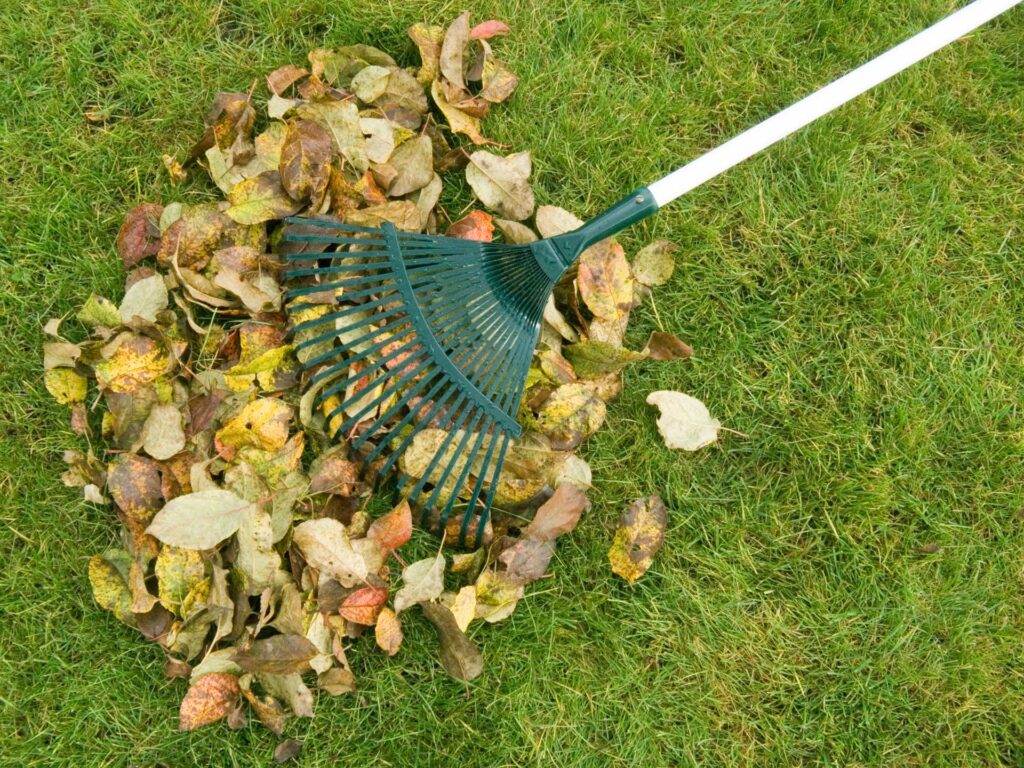Table of Contents
- Factors to Consider When Cleaning up a Yard Factors to Consider When Cleaning up a Yard
- How to Do a Proper Yard Cleanup: Steps to Follow
- Rake the Yard
- Prune and trim trees
- Get rid of branches and debris
- Top-dress the yard
- Deal with weeds: mow and edge
- Fill bare patches with topsoil and grass seed
- Use disease and pest prevention
- Clean and repair walkways and patios
- Fertilize your yard
- Remove old mulch and add new mulch
- Conclusion
The thought of cleaning up an unkempt yard can feel overwhelming. One look at the overgrown grass, weeds, and dead vegetation, and it might be hard to even know where to start.
Well, turning your lawn into an inviting outdoor oasis doesn’t have to be a headache. There are a few factors to consider before you even start, to make the process as rewarding and efficient as possible:
Factors to Consider When Cleaning up a Yard
Time of the year
Ideally, you should take care of your yard throughout the year. But if that’s asking for too much, you can limit your yard cleanup to an optimal season. This would vary depending on where you live in the United States.
If you live in Southwestern and West Coast states like California, Arizona, and Colorado, you can choose to clean your yard almost any time of the year. In the North and Midwest, where it’s generally colder, yard cleanup is best done in spring. The ground is drier during this period and thus easier to work with.
Safety
Before you start cleaning up the yard, you need to make sure it is free of sharp objects, broken glass, and debris.
Waste disposal
Your yard waste can range from leaves and grass clippings to debris and heavy materials (if you’re repairing your garden shed or removing whole trees).
Small yard waste, such as leaves and branches, can be used as mulch. Mulching will prevent soil erosion and weed growth.
Heavier waste that needs to be disposed of requires more consideration. Most times, trying to get rid of yard waste yourself involves doing something illegal. So the best option usually is to hire a garbage disposal company. It’s faster, safer, and way less stressful. Check out more ways to get rid of yard waste.
Equipment
The basic equipment needed for a proper yard cleanup includes a rake, a shovel, pruning shears, a lawnmower, and a leaf blower.
Weather
Check the weather forecast before starting work. You want to avoid working during extreme heat, rain, or strong winds.
Time
Set aside enough time to complete the job. Yard cleaning can take longer than anticipated, so be prepared to work for several hours or even multiple days.
How to Do a Proper Yard Cleanup: Steps to Follow
Rake the yard
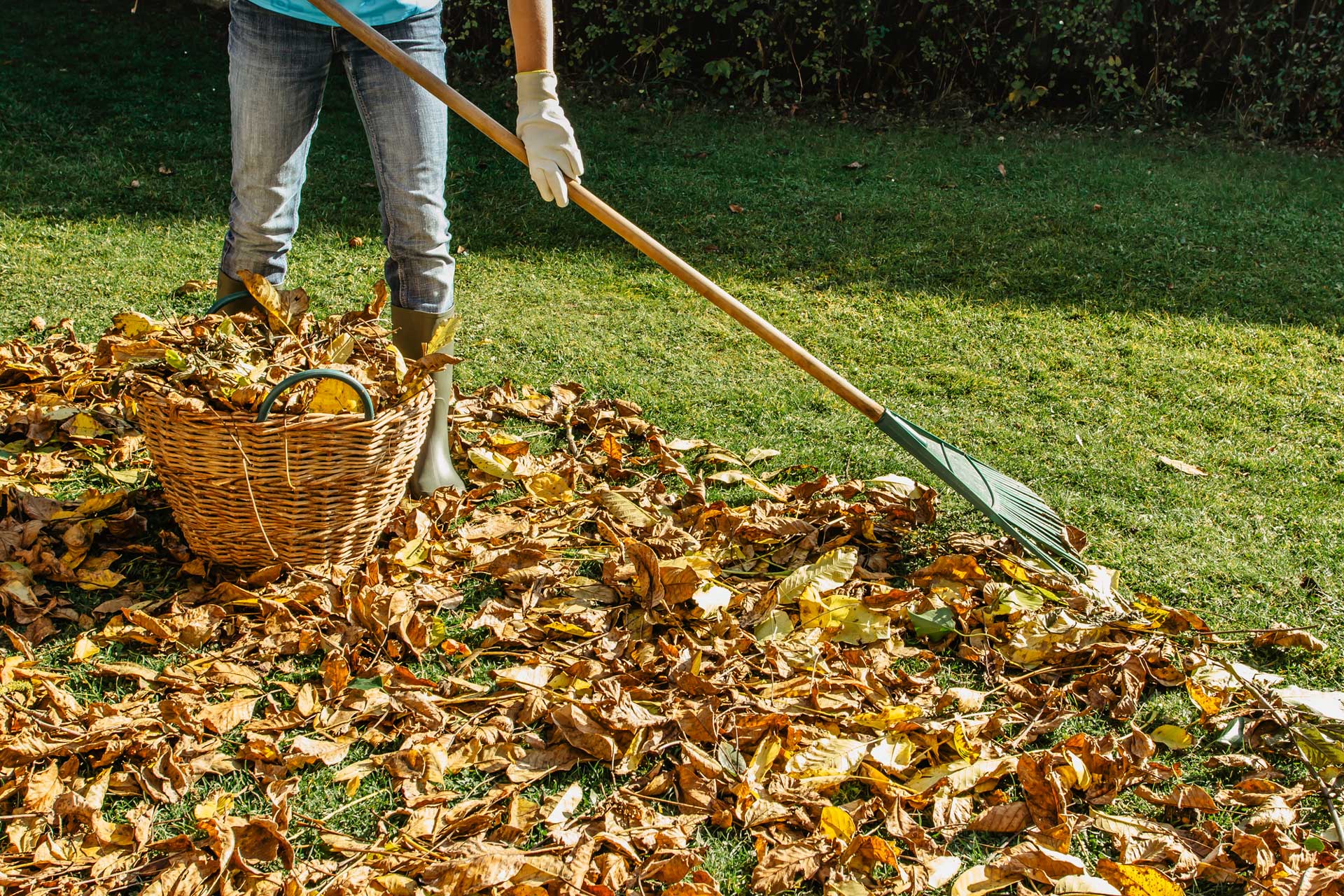
Rake the yard to remove debris, dead grass, and fallen leaves, which can suffocate your lawn if left untouched. You can also use a lawn vacuum or leaf blower for this purpose. Rake when the temperature has climbed to the 50s to avoid raking into wet ground.
As mentioned, fallen leaves can be used as mulch, or you can add them to a compost pile if you have one.
Prune and trim trees
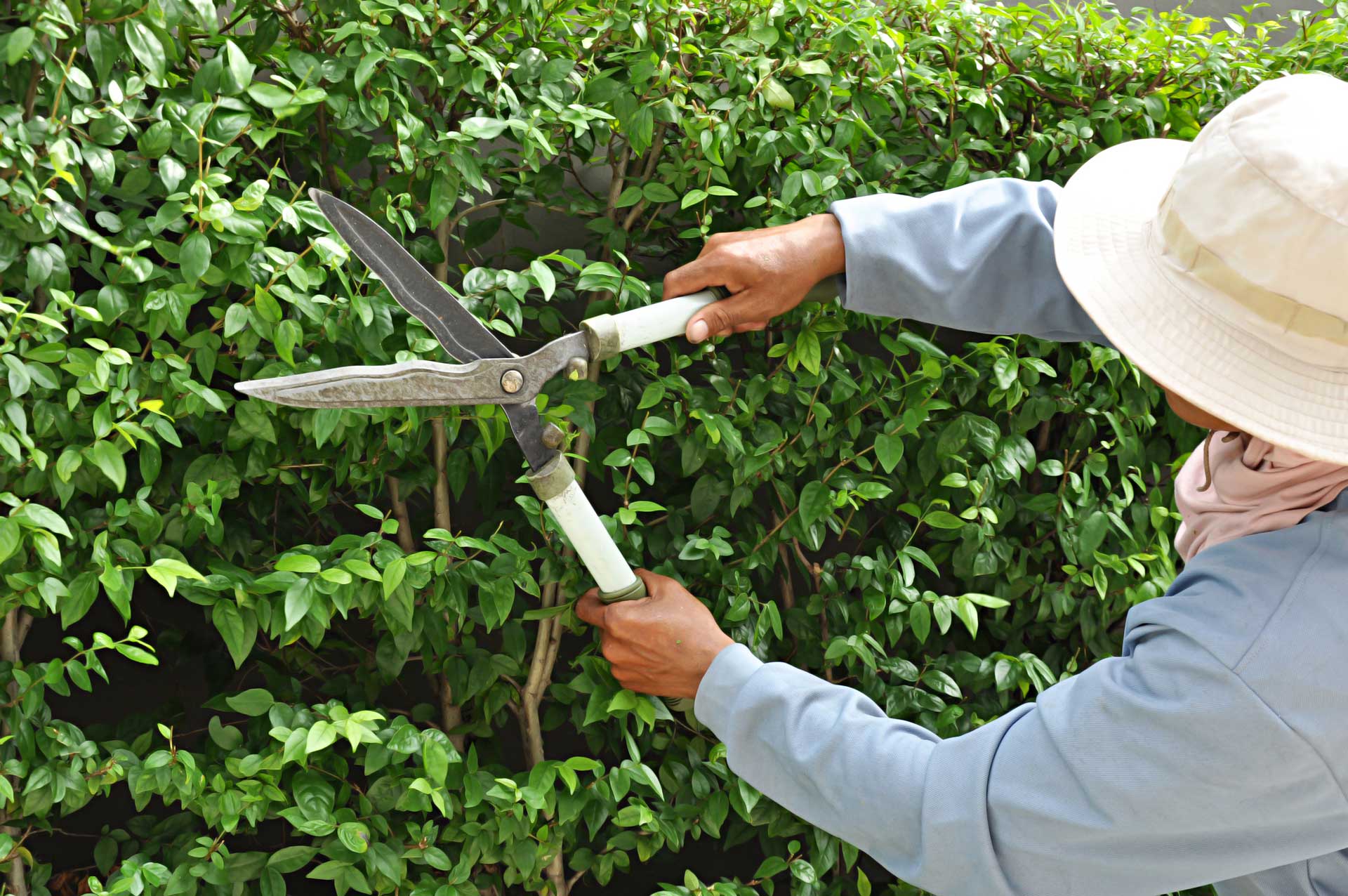
Cut off broken, dead, or disfigured branches. Late winter or early spring is the best time to prune evergreens or shrubs.
When pruning for aesthetics (i.e., removing live branches simply to improve a tree’s appearance), be aware that it is not something to be done indiscriminately. To avoid cutting badly and exposing the tree to severe damage, never cut the branch collar.
The branch collar is a distinct bulge at the base of every branch. It connects the branch to the tree trunk or an older branch and helps to heal pruning cuts. Always cut above the branch collar so the tree can heal properly. But never leave too much of a branch, as it’ll be an open stub that can expose the tree to decay.
When pruning young trees, each branch you remove will affect the tree’s growth. Removing too many branches can lead to the tree’s decline.
Get rid of branches and debris
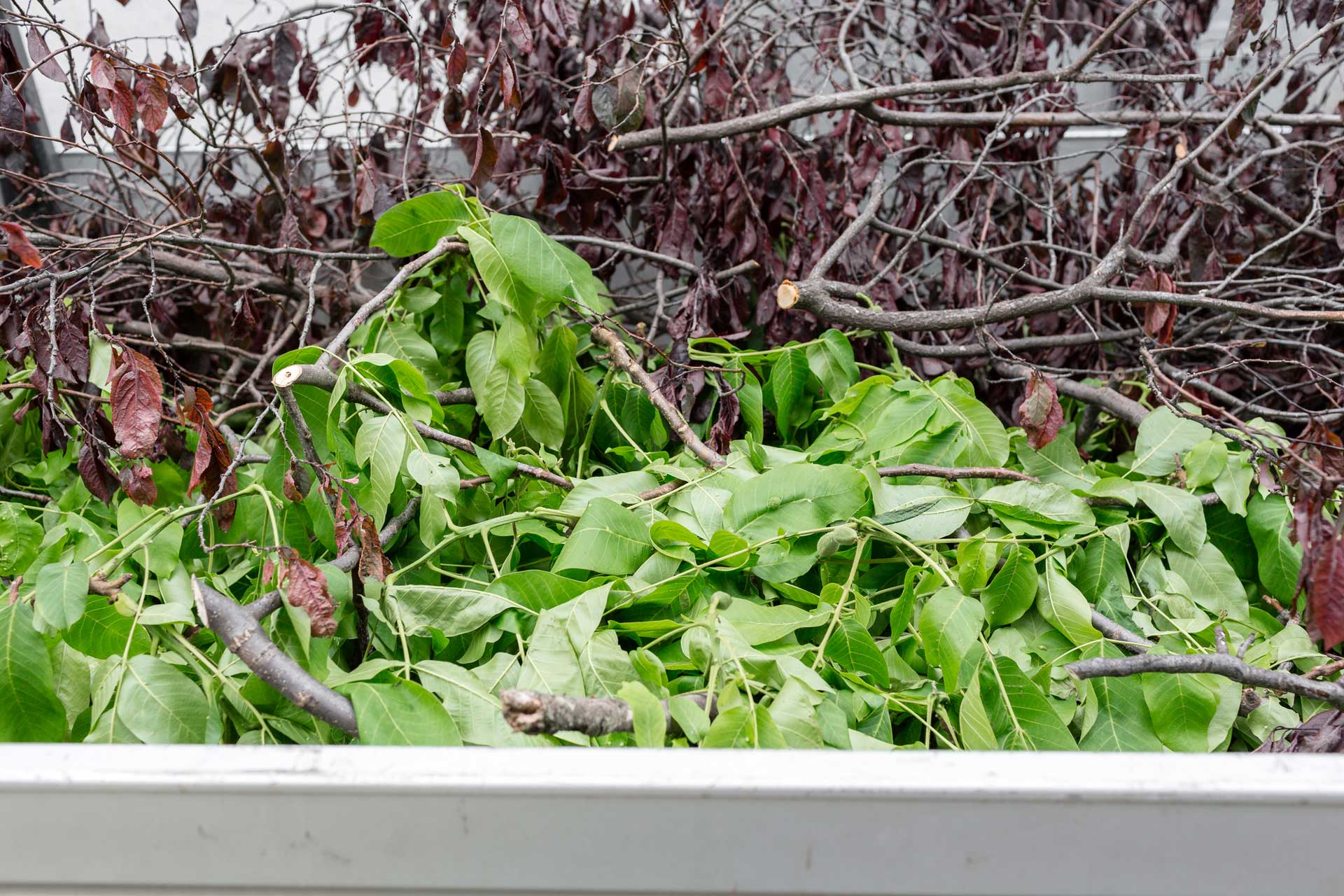
You might be surprised to see how littered your yard is after the snow has gone. Remove all the fallen branches and debris and pack them into trash bags to be disposed of.
Top dress the yard
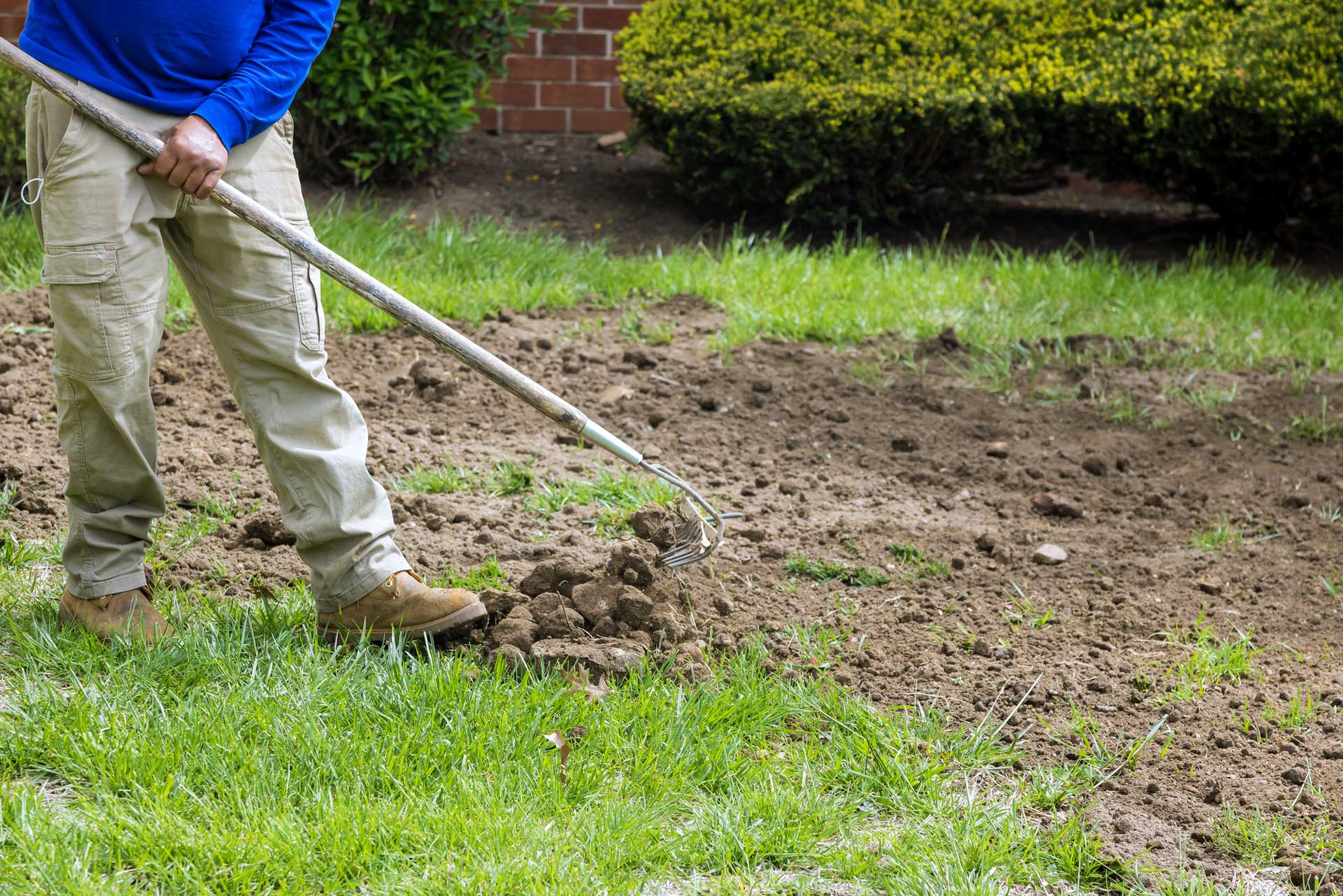
Once you’ve raked the lawn, it’s time to top-dress it. Top dressing involves spreading a layer of compost or organic material, such as peat moss, over your lawn. You can do this with a rake. This process can improve soil health, retain moisture, and help to reduce weed growth.
Deal with weeds: Mow and edge
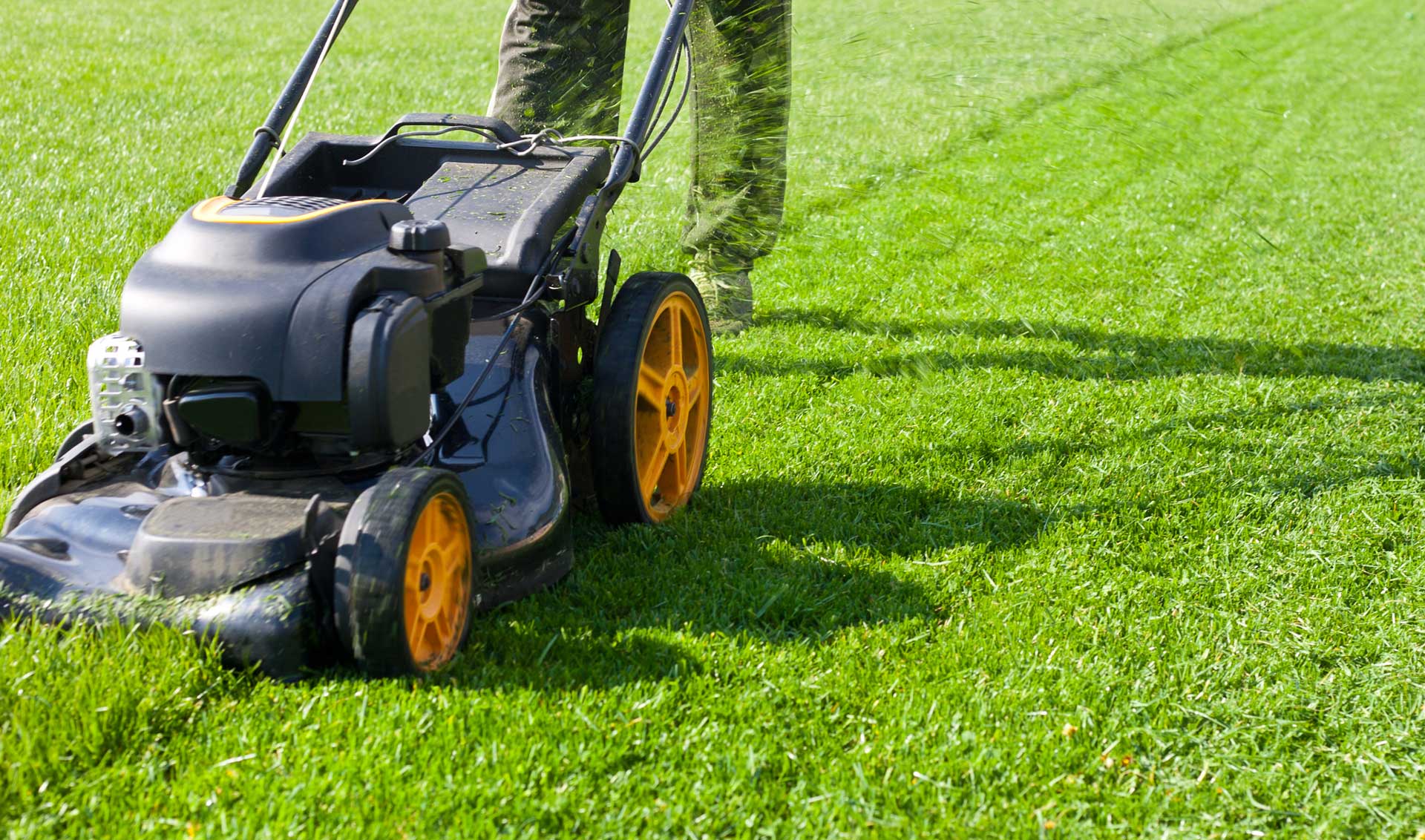
Early spring is the best time to remove weeds, as they grow stronger during the summer. You can deal with weeds by mowing and edging the lawn. Mowing is most effective when done early (spring), as it keeps the weeds from flowering.
Don’t “over-mow” or mow the grass too short, so it doesn’t look dead. When mowing, you want the grass to be just a little higher than the curb. Edging keeps the lawn within bounds and nicely lined up with your patio.
Apart from mowing or simply pulling them out with your hands, another way to deal with weeds is to use herbicides, which could be pre-emergent or post-emergent. Pre-emergents are self-explanatory; to be used before the weeds emerge, usually in March and April.
Post-emergent herbicides are best used in late spring, after the weeds have flowered. Apply evenly over the entire lawn for the best results.
Fill in bare patches with topsoil and grass seed
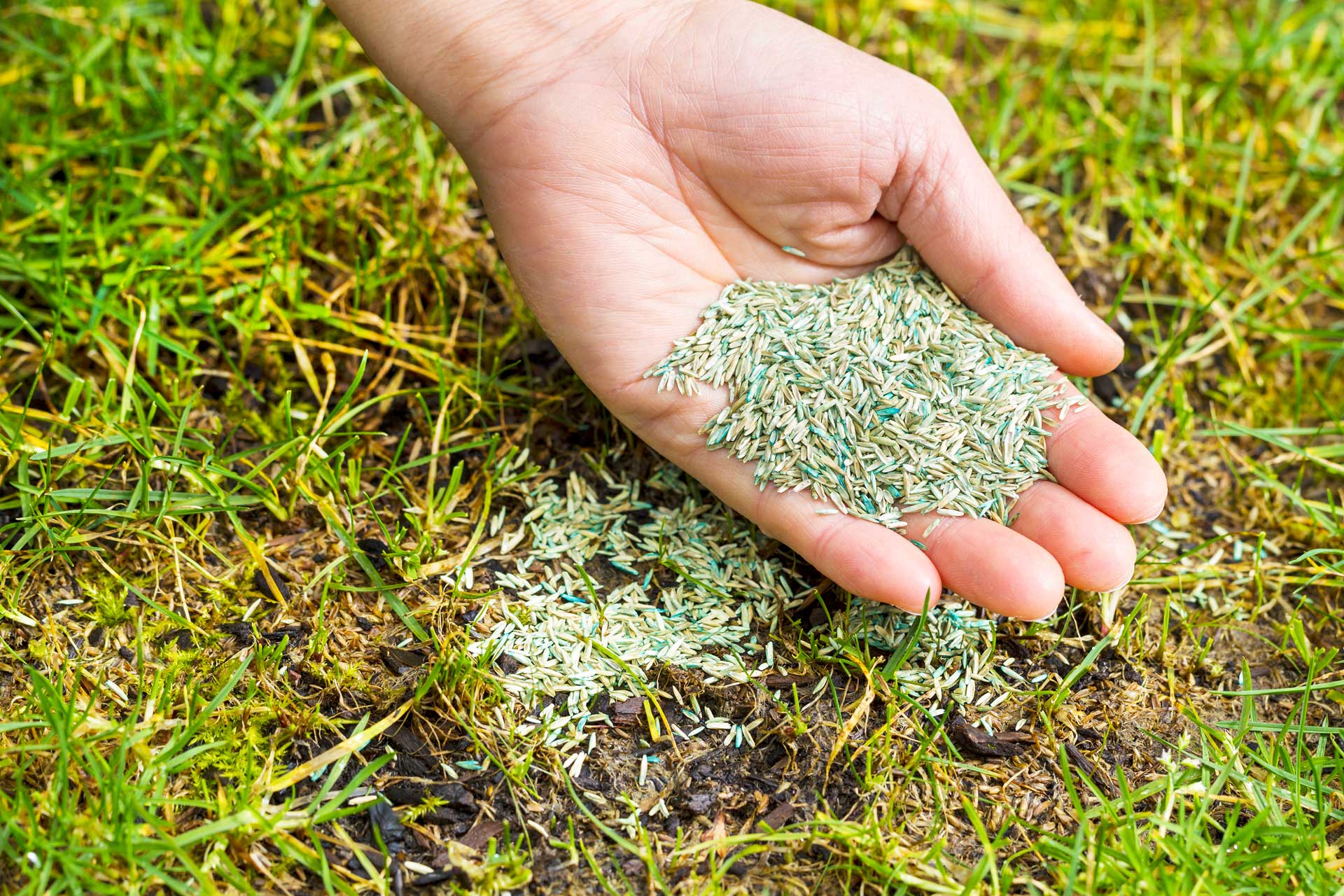
Bare patches in your lawn can be unsightly. Fill them in with topsoil and grass seed. Water the area regularly until the new grass takes root.
If you’re using pre-emergents in spring to deter weeds, this would also stop your new grass from growing. One way to deal with this situation is to plant grass seeds in autumn, after the pre-emergent has done its job. If you think you can’t wait, then plant the grass seeds in spring, and give them enough time to establish before applying pre-emergents.
To seed, loosen the soil with a rake and spread some compost into the area. Sprinkle the grass seeds (not too much) and then cover the spots with straw mats or grass clippings to keep the seeds in place. Water daily to keep the soil moist but not too soggy.
Use disease and pest prevention
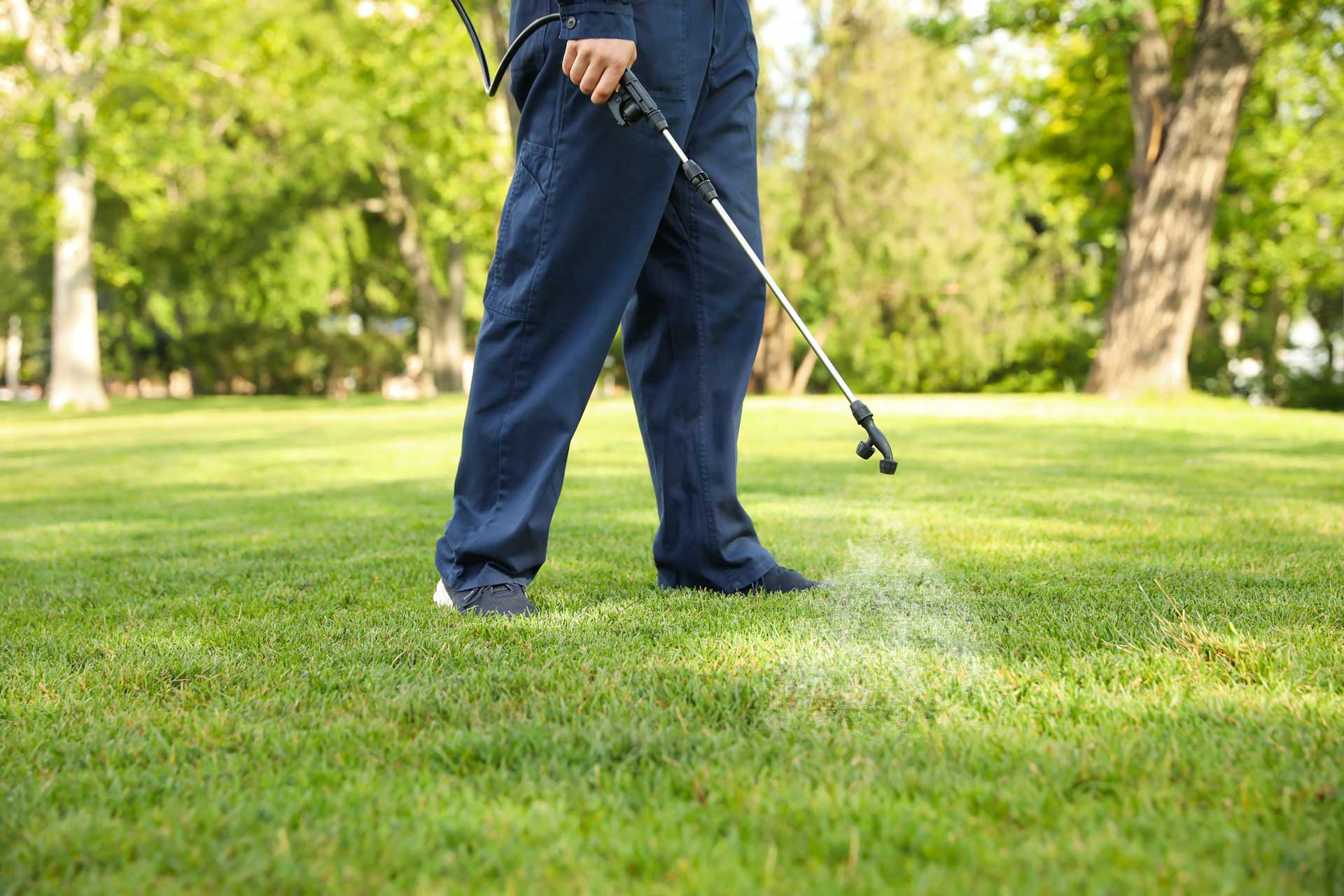
Pests can cause serious damage to your yard and undo all your good work if left unchecked. Use organic or chemical pest control methods to prevent infestations and protect your yard from disease. You can also consider planting disease-resistant plants.
Clean and repair walkways and patios
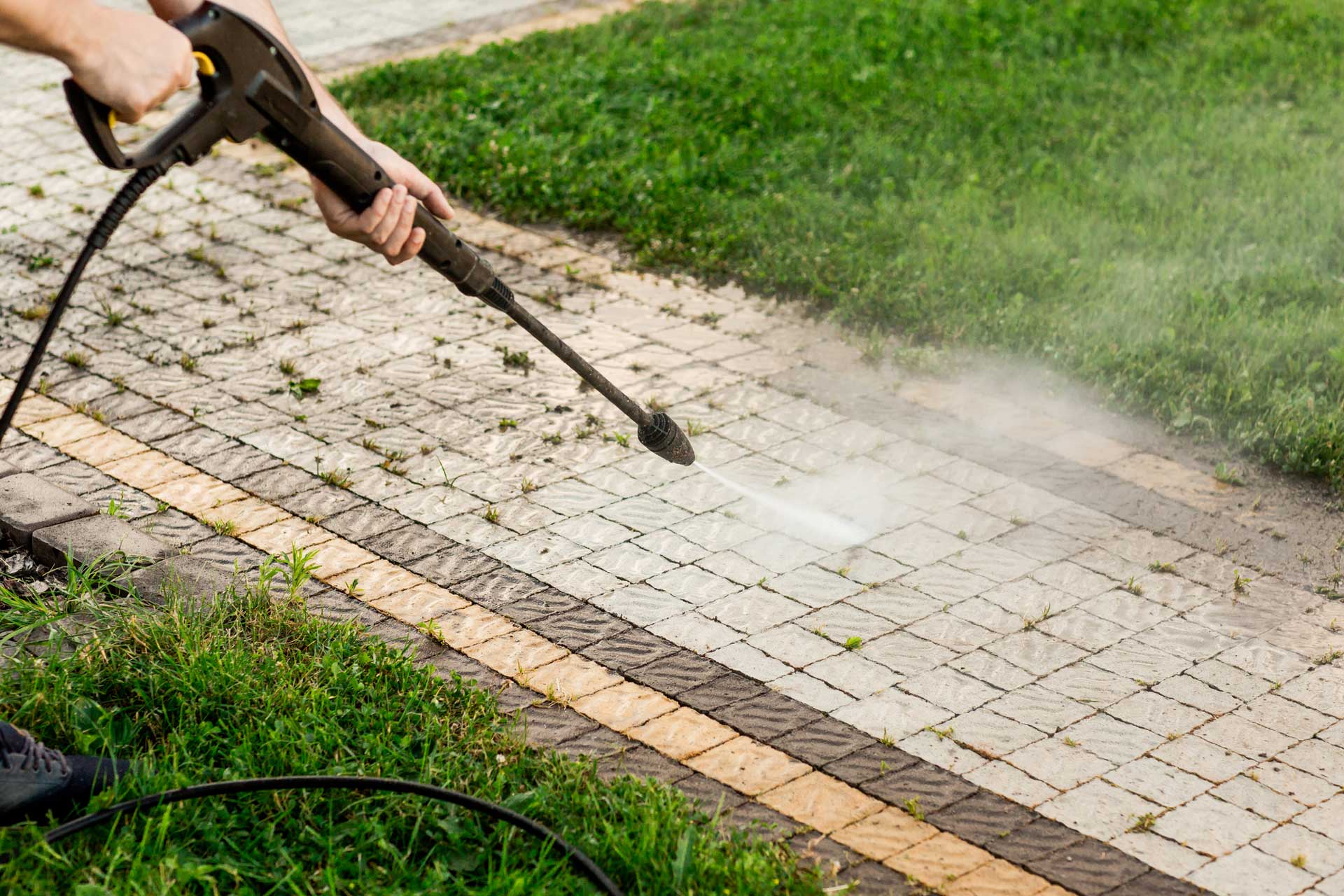
Sweep or pressure wash patios, decks, and walkways to remove debris, dirt, and stains. This can drastically make your yard look more appealing. You can also repair damage such as cracked tiles and rotten wood. It’s best to leave repairs to the professionals.
Fertilize your yard
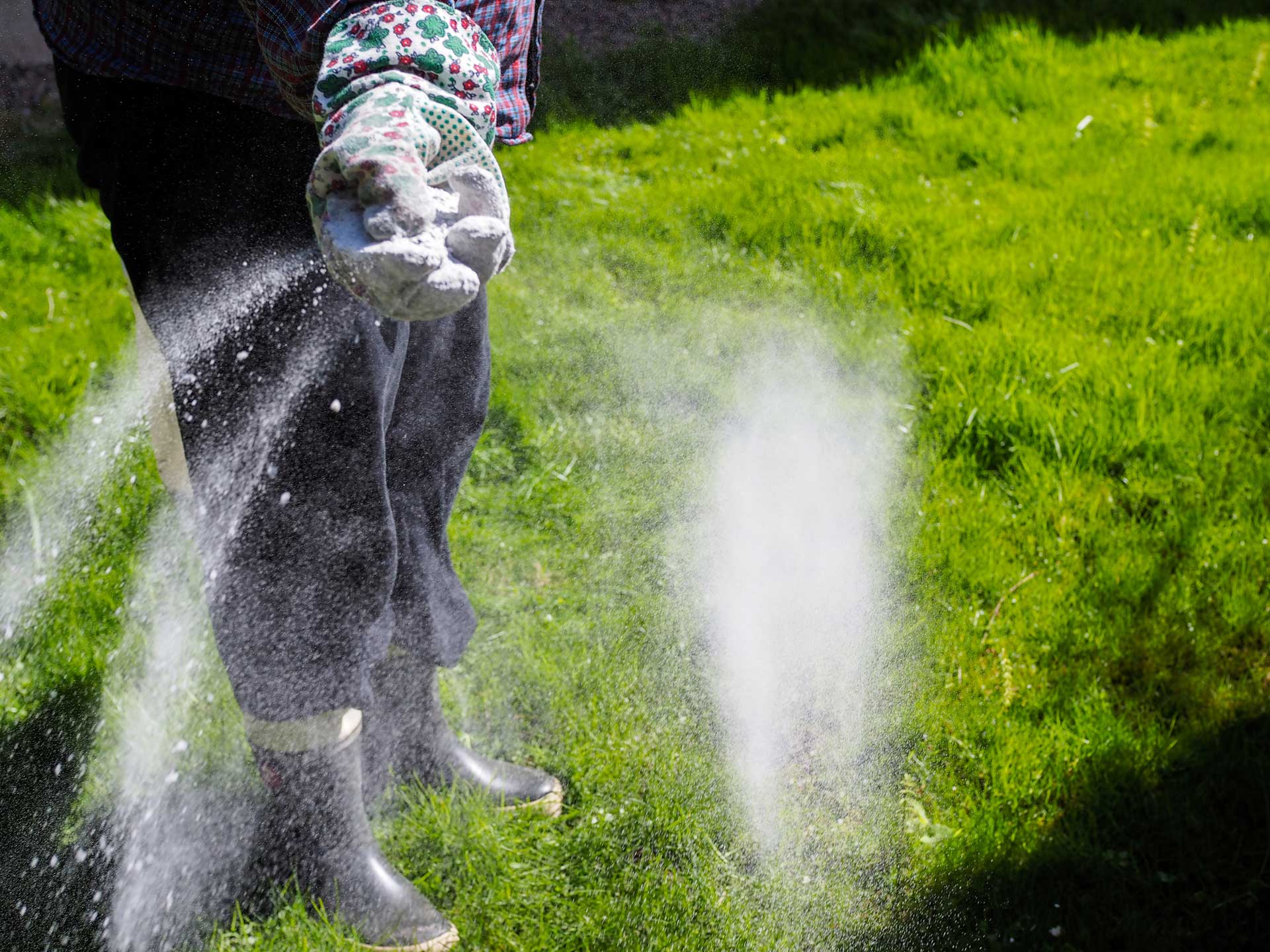
Late spring is a great time to fertilize your lawn. During this period, the grass is eager to grow and needs more nutrients. In early spring, the grass is focused on strengthening its roots. Fertilizing during this period might divert this focus to developing leaves, which doesn’t give the roots enough time to grow.
Apply fertilizer lightly, as heavy nitrogen fertilization can lead to diseases.
Remove old mulch and add new mulch
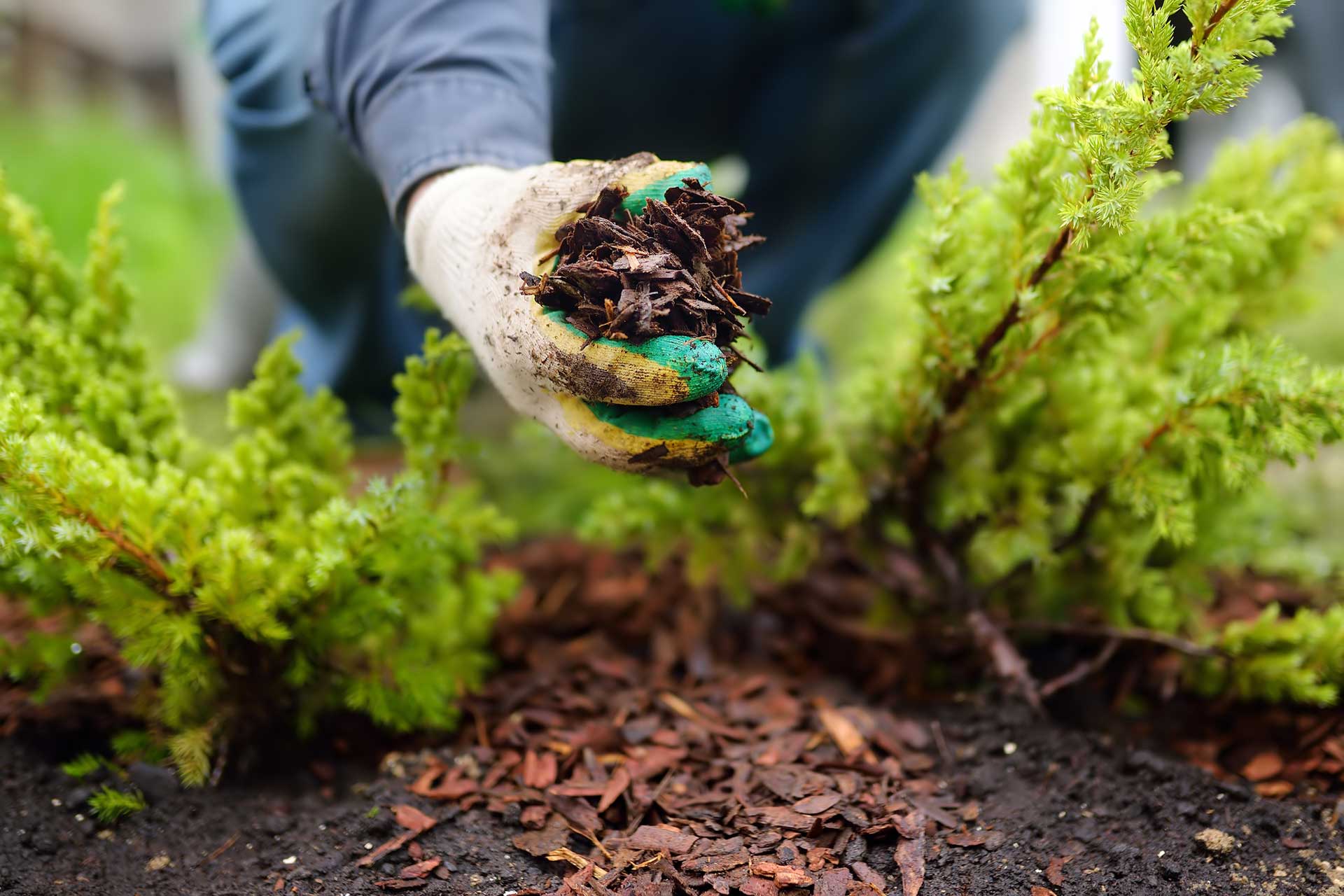
If you mulched for winter, you want to remove the old mulch and add a new one. Mulch compacts during winter thanks to the rain and snow. This makes it harder for water and soil to reach the soil below.
Adding new mulch to your lawn can reduce weed growth, reduce erosion, and maintain soil moisture. Mulching is typically done after edging and trimming. Apply mulch around perennials to keep them healthy during winter. The dead leaves and branches you’ve collected can come in handy as mulch. However, the best mulch material is hardwood bark.
Your Dream Summer Backyard is Within Reach…

Whether it serves as your private retreat for sunbathing or a scenic wonderland for impressing guests, an aesthetic yard is always going to be a major brag. Devote a couple of hours or even a few days to the cleanup, or better yet, hire a yard cleanup service if it’s looking like too much work. Never forget to plan how you’ll get rid of the trash you’ll create in the process.

